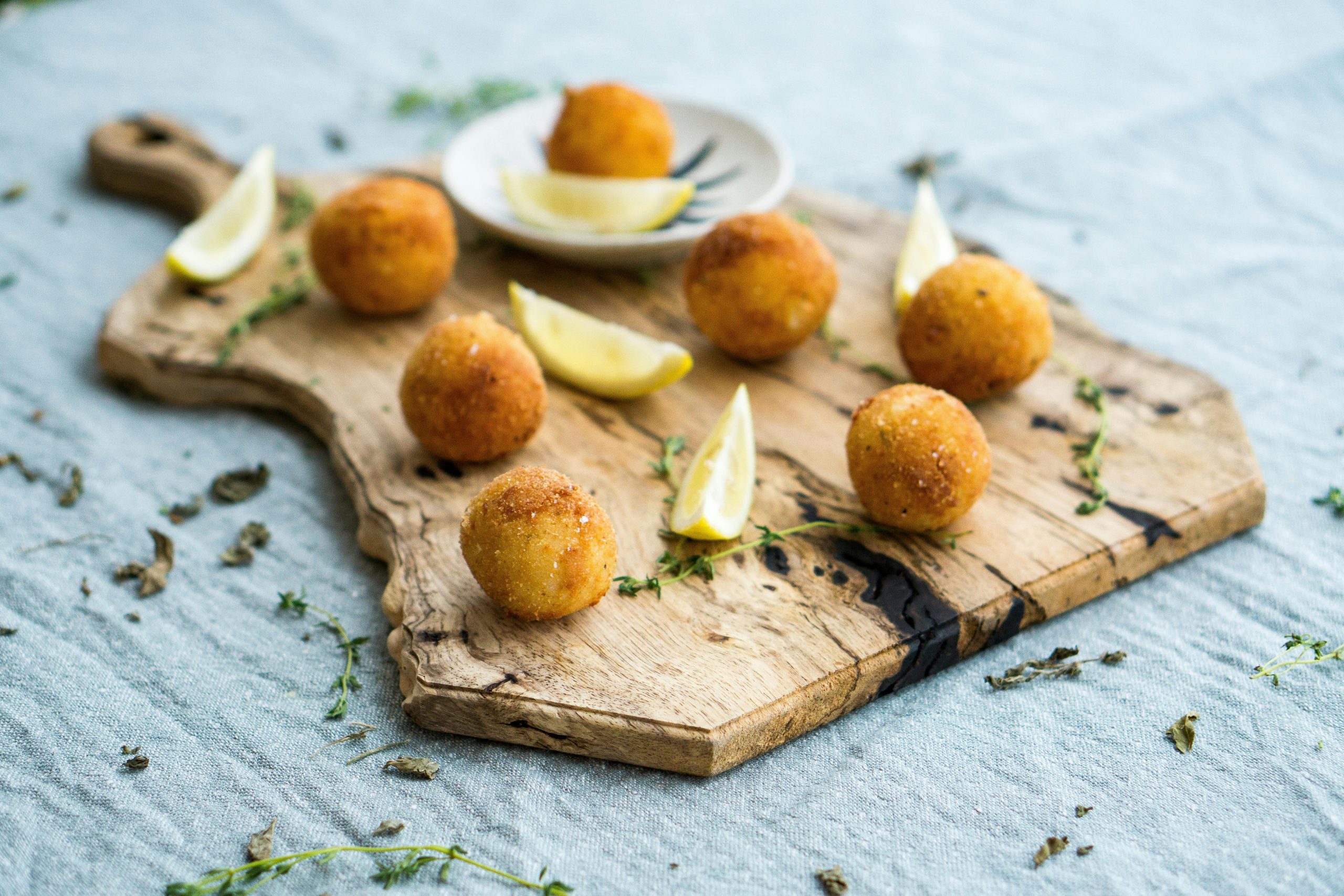In Sicily, arancini are more than just a popular street food, they are a symbol of regional identity. These deep-fried balls or cones of rice, golden and crisp on the outside, are filled with ragù, mozzarella, and peas, although variations abound across the island.
I first sampled arancine in Palermo, in ball form, at a small backstreet bar. Not only was it a very generous portion, but cheap and delicious. My next taste was of arancini on the other side of the island in Syracuse. Other than the shape – now conical like Mount Etna – the same crispiness and ragù filling sated my hunger for hours. Aside from cheese and wine, this is probably my favourite food from Italy.
The name arancini (from arancia, meaning orange) refers to their shape and colour. But even the name varies depending on location. In eastern Sicily, particularly around Catania, they are called arancini (masculine plural) and shaped like cones to resemble Mount Etna. In the west, especially in Palermo, they are called arancine (feminine) and are typically round. The debate over which form is correct remains unresolved.
Arancini date back to at least the 10th century, during Arab rule in Sicily. Historians believe they developed from the practice of carrying rice meals on long journeys, later coated in breadcrumbs to make them portable and preserve them.
My favourite Italian literary character, Inspector Montalbano, is known for his love of arancini. In one storyline, Montalbano chooses a New Year’s Eve with arancini cooked by his housekeeper over time with his girlfriend. The inspector had very good taste when it came to food!
Regional Variations
The most common version is arancini cû sucu, which translates to arancini with ragù. The ragù is typically a tomato sauce with meat and mozzarella.
There are variations across the island of Sicily with some of the most common being:
- Catania (East Sicily): Conical arancini often include ragù, peas, mozzarella, and sometimes aubergine (known as all norma).
- Palermo (West Sicily): Round arancine may use a buttery béchamel with ham and cheese (al burro) or the classic ragù.
- Messina: Some include variations with squid ink or fish.
- Modern varieties: Spinach and ricotta, pistachio, or even Nutella-filled sweet versions
Arancini
Ingredients
- 500g leftover risotto (ideally with saffron or Parmesan)
- 100g mozzarella, diced
- 150g beef ragù or thick meat sauce (optional)
- 50g frozen peas (optional)
- 2 eggs, beaten
- 100g plain flour
- 150g breadcrumbs
- Vegetable oil, for deep frying
Instructions
- Prepare the filling: Mix the mozzarella with the ragù and peas if using. Chill the mixture so it firms up.
- Shape the arancini: Take a handful of cold risotto and flatten it in your palm. Place a spoonful of filling in the centre. Enclose the filling with rice, shaping it into a ball or cone, depending on your preference.
- Coat: Roll each ball in flour, then dip in beaten egg, and coat with breadcrumbs.
- Fry: Heat oil in a deep pan to 170–180°C. Fry the arancini in small batches until golden brown. Drain on paper towels and serve warm.






